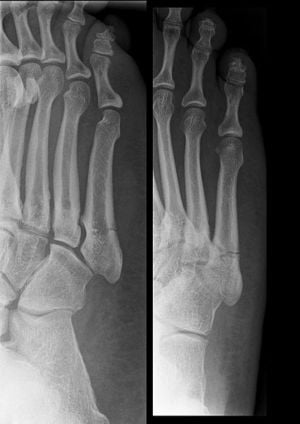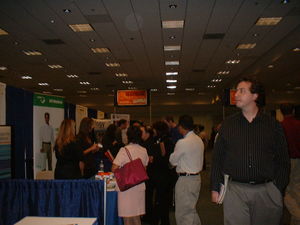At ten months old my son, Patrick, fractured his skull in a fall down a stairway. Stair safety for babies and toddlers was as important then as it is now. The consequences of not having a safe stairway can be devastating. The accident that my son had was terrible and as a new mother I have never been so scared in my life. My son was lucky to only receive a slight fracture from his fall yet it could have been deadly or it could have caused irreversible brain damage. Stair safety can be done in any home on any set of steps easily without hurting your budget. Here are 8 tips to keep in mind if you are a parent, caregiver or babysitter of young babies and toddlers.
Safety Gates- Do not hesitate to put up safety gates at the top of stair and at the bottom. They can be a pain in the butt for you but they can save the life of the child you are caring for.
Hand Railings- Railings on stairs should go down the length of the stairs. You can add a railing if you do not have one, many stores like Home Depot and Lowes can also show you how to install one. A hand railing is not only a safer way for an active toddler to get down the stairs but also for you.
Check the Carpet- If your stairway has a carpet, check it. See if there are any loose snags in the carpet. A great many falls can be prevented by making sure none of the carpeting is ripped up or loose.
Teach- Active toddlers need to be taught to go up and down the stairs one at a time. Jumping on stairs should be off limits. Never teach a child to jump down a flight of stairs or slide down the railing. Serious injuries can happen this way.
Never use a walker- Baby walkers have been used for a long time although most have been recalled in the past few years because of the dangers they pose. Active toddlers should not be in a walker anyway but for those young enough to use a walker the safest ones are stationary with a solid base. A baby can still bounce and move around but the whole structure does not move with the baby.
Close Doors- Closing doors to the room an active toddler is in is a great way to keep up with stair safety. If a child cannot get to the stairs then they will not want to play on the stairs.
Move obstacles- Never clutter things near the stairs. Lots of falls happen because people put things at the top of the stairs to carry down later, then someone else comes along and trips over it.
Never let children play near a stairway- A stairway is not for playing on. Falls and accidents can be prevented by never letting a baby or toddler play near a staircase.
Never leave a child unattended- This is the most important aspect of all. Never let a baby or an active child unattended. Lots of accidents could be prevented just by you being near at hand.
Stair safety is important for everyone. My son was lucky that he did not suffer any brain damage from his fractured skull. He was 10 months old and he fell down the stairs in a walker after getting past both family members who were watching him. We threw out the walker after spending a night in the hospital waiting for the CAT scan results. Not only did we have to worry about the immediate issue of a fractured skull but we had to worry about what the future would bring which included hearing tests, speech therapy and also worry about whether our son was autistic.
Thankfully he is a somewhat normal kid but he has some obsessive compulsive behaviors that may very well have come from the part of the brain that was affected by his fractured skull. Stair safety became something very important to all of us even though it should have been important before the accident happened. It was something that could have been prevented.




